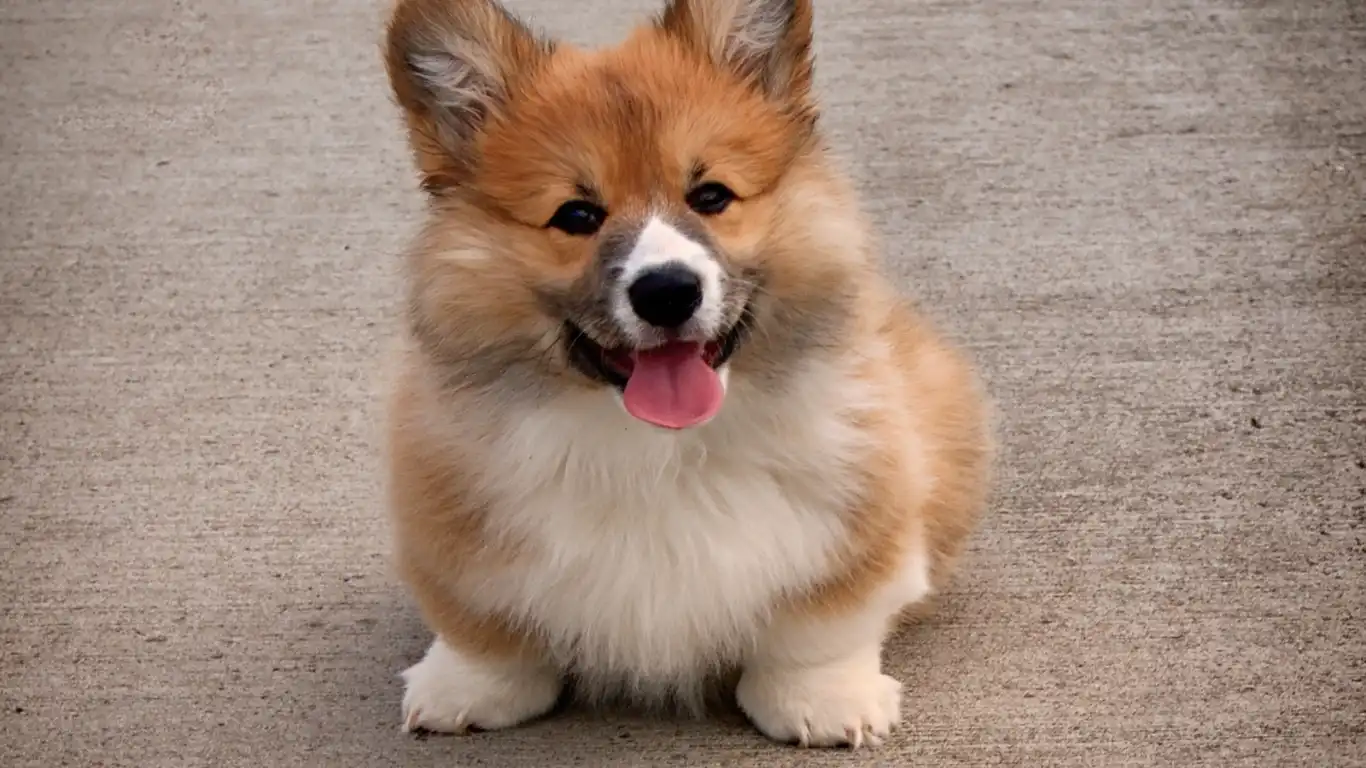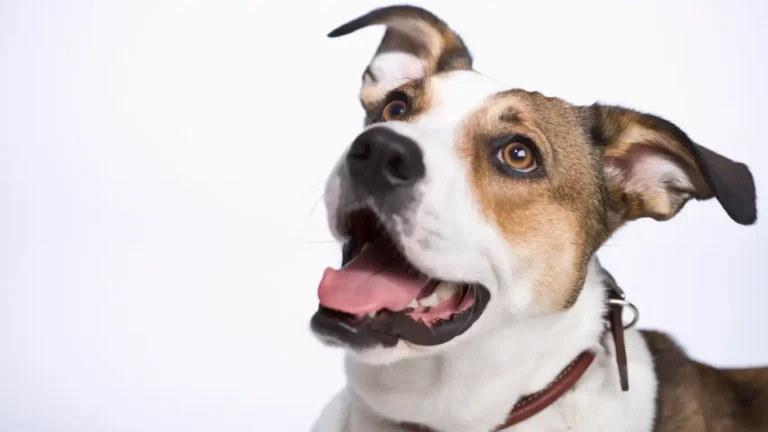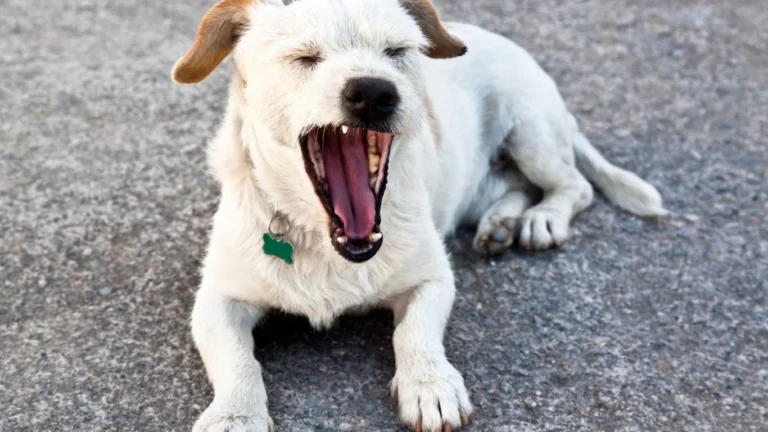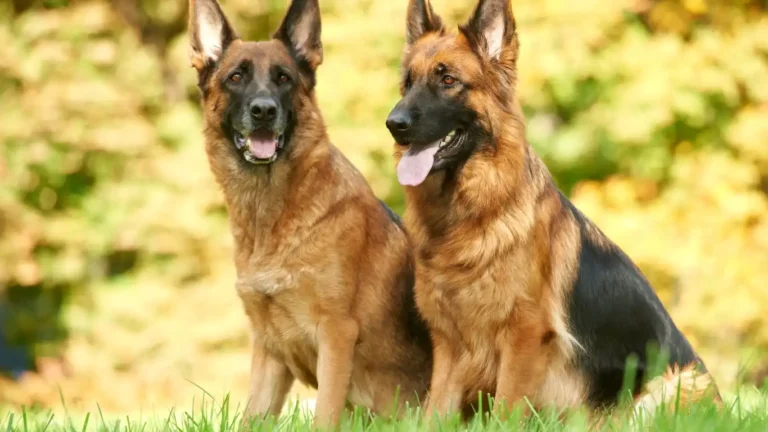Best Ways to Help a Dog Recover from an Injury Fast & Effectively
As a Pet Nutritionist and a seasoned pet care expert working in a veterinary clinic, I’ve had the privilege of helping countless dogs recover from injuries over the years. Injuries in dogs, whether from accidents, playtime, or health conditions, can be tough on both the pet and their owners. But don’t worry—I’ve gathered some of the best ways to help a dog recover from an injury, based on my experience and professional insight. In this guide, we’ll dive deep into understanding the recovery process, how to support your dog’s healing, and what you can do to make their journey easier and less stressful. Let’s get started!
Understanding Your Dog’s Injury: Why Recovery Time is Crucial
Before jumping into the ways you can help, it’s essential to understand the nature of the injury your dog is dealing with. Dogs, much like humans, have different types of injuries, ranging from simple sprains to more complex fractures or internal injuries. Each type of injury has its own healing timeline and demands. As a pet care expert, I’ve seen dogs recover in different ways, and it’s crucial to tailor recovery plans to the individual pet.
Recovery isn’t just about physical healing—it’s also about emotional and mental recovery. Injuries can be stressful for dogs, especially if they lead to changes in routine or affect their mobility. Dogs are creatures of habit, and anything that disrupts their usual activities can cause anxiety. As a pet owner, the goal is to create an environment that promotes both physical and mental healing.
Getting the Right Diagnosis and Treatment Plan
Before you start any recovery process, always make sure to get a proper diagnosis from a trusted veterinarian. I’ve had many pet owners come in, worried about their dog’s injury, but unsure whether it was a simple sprain or something more serious like a ligament tear or fracture. A vet will not only identify the injury but will also create a treatment plan suited to your dog’s condition.
- Examination: Your vet will physically examine your dog to check for signs of pain, swelling, or abnormal movement.
- Diagnostic Tests: Sometimes, X-rays or ultrasound may be necessary to understand the extent of the injury.
- Treatment Plan: Depending on the diagnosis, your vet may recommend rest, physical therapy, medication, or even surgery.
During this time, patience is key. Recovery can take time, and it’s important to trust your vet’s plan. Don’t try to rush things, as this could lead to complications or a longer recovery period. Keeping track of any changes in your dog’s condition will help the vet adjust the treatment plan as needed.
Rest and Limiting Movement: The Foundation of Recovery
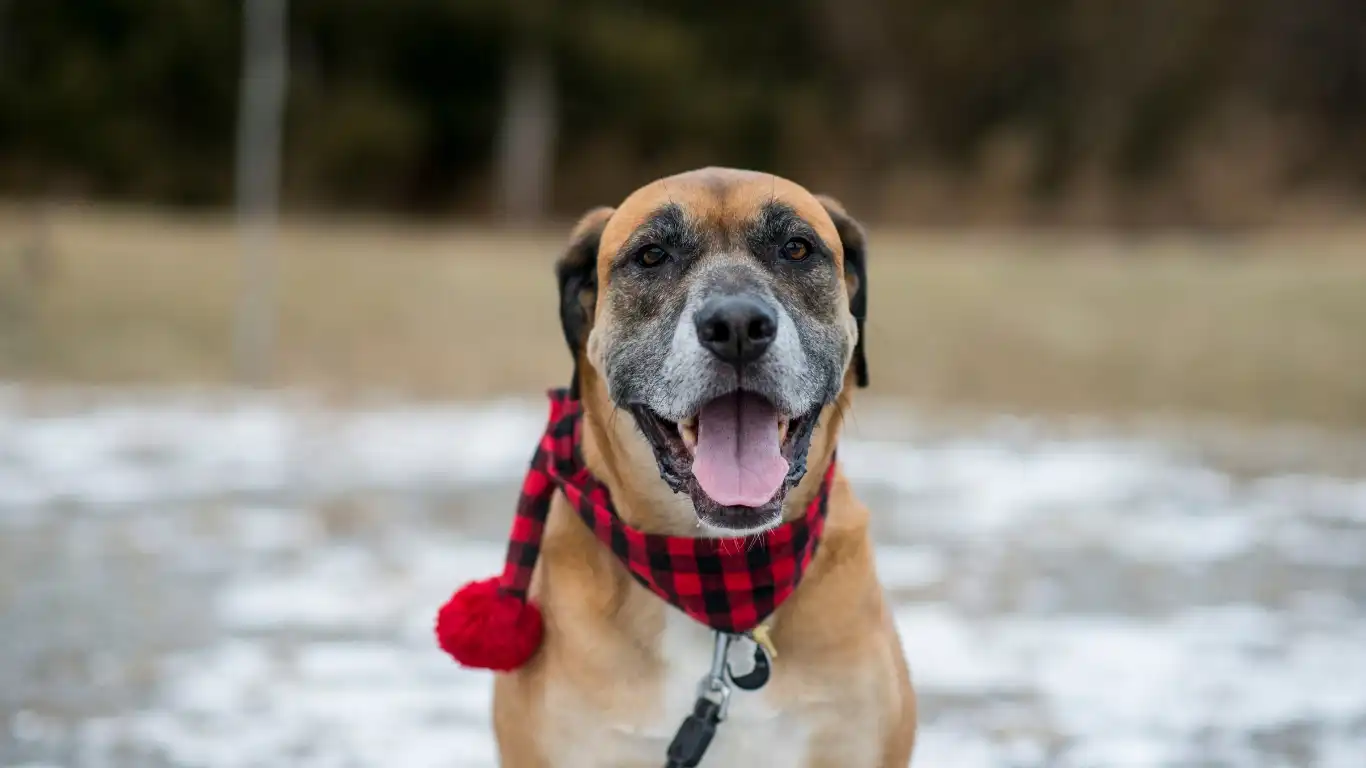
One of the most important aspects of helping your dog recover from an injury is ensuring they get plenty of rest. It may sound simple, but rest is the foundation of healing. Think of it like this—if you’ve ever had an injury, you know how critical it is to avoid overexerting yourself. The same goes for your dog. If your dog is constantly running around or jumping, they might reinjure themselves or prolong the recovery time.
Creating a Restful Environment
Creating a safe, calm, and cozy space for your dog during their recovery is vital. Make sure your dog has a quiet place where they can rest without being disturbed. Whether it’s a crate, a dog bed, or a cushioned mat, this area should be free from distractions. Depending on your dog’s injury, you may need to limit their access to stairs or other areas of the home where they could further injure themselves.
- Crate Training: Crate training can help restrict your dog’s movement while also providing a safe, secure environment for rest.
- Doggie Playpen: If crate training isn’t ideal for your dog, setting up a playpen can help limit their movement while still offering some freedom.
- Comfortable Bedding: Ensure your dog has supportive bedding that promotes joint health, especially for older dogs recovering from injuries.
Sometimes, limiting movement may require more than just physical barriers. You may need to keep your dog entertained with low-energy activities like gentle petting or puzzle toys. I’ve found that dogs often get restless when confined, so providing mental stimulation can keep them occupied without the risk of physical strain.
Gentle Walks and Movement

Once your dog starts to show signs of recovery and their vet approves, light physical activity such as short walks can help promote circulation and maintain muscle tone. But don’t go overboard—too much too soon can lead to setbacks. Start with very short, slow walks, and gradually increase the duration as your dog’s strength and mobility improve. Always check with your vet about the best time to reintroduce light activity, and always keep the pace slow and steady.
Hydration and Nutrition: Fueling the Healing Process
Supporting your dog’s recovery with the right nutrition is absolutely crucial. As a Pet Nutritionist, I can’t stress enough how proper nutrition plays a role in healing. Just like in humans, food is the body’s fuel. If your dog is recovering from an injury, you’ll want to make sure their diet is packed with high-quality protein, healthy fats, and essential vitamins and minerals that support tissue repair and overall recovery.
- Protein: High-quality protein sources like chicken, turkey, or lean beef help build and repair muscles.
- Omega-3 Fatty Acids: Omega-3s found in fish oils or flaxseed can reduce inflammation and support joint health.
- Joint Supplements: Consider adding joint supplements like glucosamine or chondroitin to your dog’s diet if recommended by your vet.
Don’t forget to provide fresh water throughout the day to keep your dog hydrated, as this will also aid in their healing process. Remember, a balanced diet tailored to your dog’s specific needs is key to speeding up recovery.
Use of Pain Management and Medication

Pain management is an essential part of helping your dog recover comfortably. If your dog is in pain, their healing process will be slower, and they might become more stressed or agitated. In many cases, your veterinarian will prescribe pain medication to manage discomfort and reduce inflammation. These medications can range from nonsteroidal anti-inflammatory drugs (NSAIDs) to more specialized medications depending on your dog’s needs.
Always follow your vet’s instructions carefully when giving medications. It’s easy to underestimate the proper dosage or frequency, which could lead to complications. Additionally, never give your dog human pain medication, as many of them are toxic to pets.
With the right combination of rest, proper nutrition, and medication, your dog will be well on their way to a full recovery.
Physical Therapy for Dogs: Helping to Restore Mobility

One of the most effective ways to help a dog recover from an injury is through physical therapy. It’s something that I highly recommend to every dog owner whose pet has suffered from anything from a sprain to a more serious joint issue. Just like humans, dogs benefit from rehabilitation exercises that help them regain strength, flexibility, and mobility after an injury.
The Benefits of Physical Therapy
Physical therapy can be a game changer in your dog’s recovery process. When a dog has been injured, their muscles can weaken, and they may start to avoid using the injured part of their body altogether. This can lead to muscle atrophy, stiffness, and even secondary injuries from overcompensation. A good physical therapy program can:
- Improve strength: Targeted exercises can help your dog regain muscle mass and strength around the injured area.
- Enhance joint mobility: Stretching and joint exercises can help your dog maintain or regain full range of motion.
- Reduce pain: Certain exercises can help manage pain and swelling by improving circulation and decreasing muscle tension.
- Prevent future injury: Building strength and flexibility can help your dog avoid reinjuring the same area.
It’s important to work with your vet or a certified canine rehabilitation specialist to create a therapy plan that is tailored to your dog’s specific injury and needs. In my experience, some dogs may need gentle massage therapy or specific stretching exercises, while others might need more intense resistance training or aquatic therapy. Every dog is different, so personalized care is crucial.
Types of Physical Therapy Treatments
There are a variety of physical therapy options available, depending on your dog’s injury and what works best for them. Below are some of the common therapies I’ve seen work wonders for my patients:
- Cold and Heat Therapy: Cold packs are great for reducing inflammation in the first few days after an injury. Heat therapy can be used later to relax muscles and improve blood flow.
- Massage Therapy: Gentle massages can help relieve tension, reduce pain, and increase blood circulation, all of which help your dog heal faster.
- Hydrotherapy: This form of physical therapy involves your dog exercising in water. It’s low-impact, which makes it perfect for dogs recovering from surgery or joint issues.
- Laser Therapy: Low-level laser therapy (LLLT) is used to treat injuries at the cellular level, promoting faster healing by increasing circulation and reducing inflammation.
All of these therapies can be effective when used in the right combination, but always remember to start slow. Too much activity too soon could undo all the progress your dog has made, so pace the sessions accordingly and always consult with your vet for guidance.
Supportive Care at Home: Making Your Dog Comfortable During Recovery

As a pet care expert, I know that helping your dog recover from an injury doesn’t just happen at the vet’s office—it’s a team effort that requires your involvement at home as well. One of the most important things you can do is create a comfortable and safe environment for your dog during their recovery. With a little extra care and attention, you can help your dog feel at ease and avoid complications.
Creating a Comfortable Recovery Space
During the recovery period, it’s vital to create a designated space where your dog can rest and heal without the distraction or temptation of moving around too much. This space should be cozy and calm, away from other pets or loud noises that might stress your dog out. Some tips for setting up the perfect recovery space include:
- Soft bedding: Provide a supportive mattress or cushion to prevent pressure sores and joint pain.
- Quiet area: Choose a quiet area away from busy foot traffic or noisy household activities.
- Temperature control: Make sure the room is at a comfortable temperature—not too hot or too cold—for your dog’s comfort.
- Restricted movement: Use baby gates or crates to limit access to stairs or rooms that could make recovery more difficult.
Being proactive about this space will help your dog settle in and feel secure as they focus on getting better. And, of course, don’t forget to give them plenty of love, attention, and reassurance. Many dogs can feel a bit anxious or disoriented during recovery, so your support can go a long way in easing their stress.
Diet and Supplements: Helping Your Dog Heal Faster
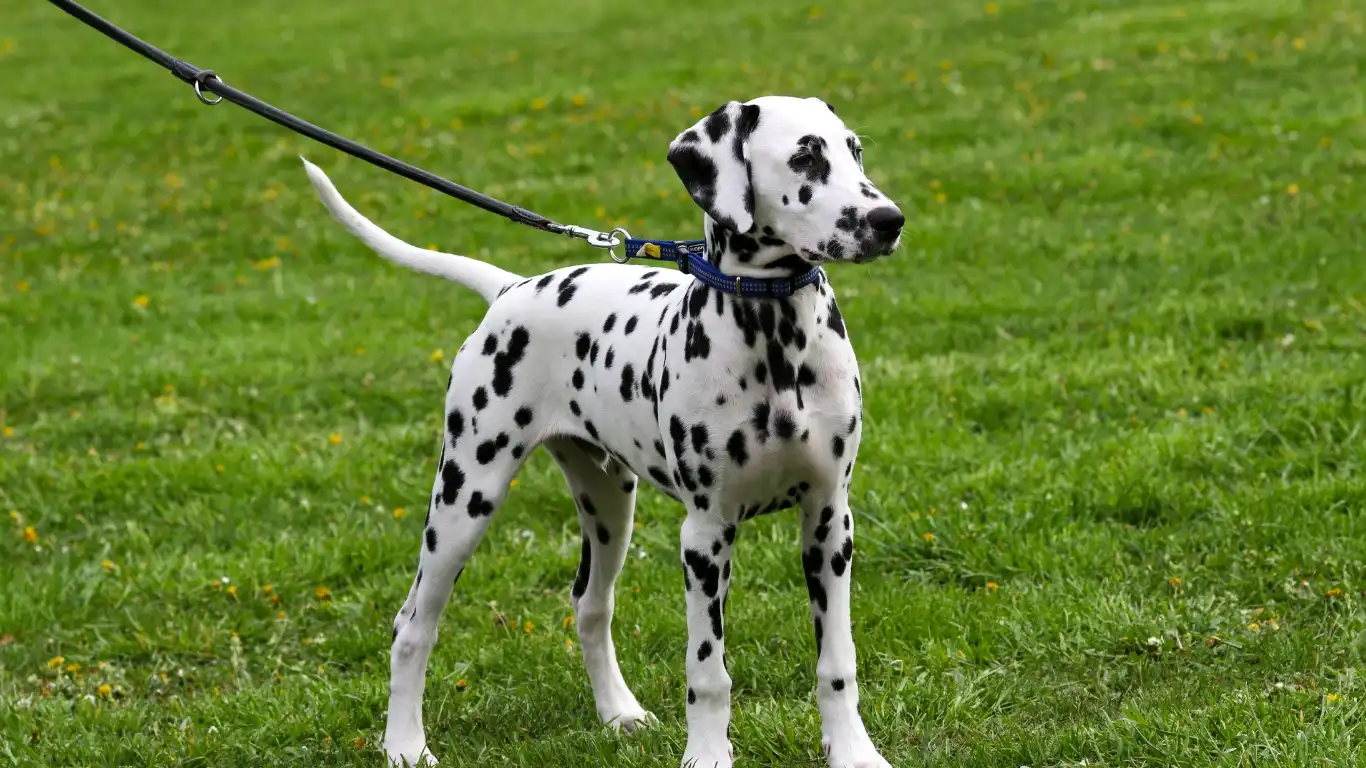
A balanced, nutritious diet is one of the most important ways to help your dog recover from an injury. While you may already be familiar with your dog’s regular food, recovery time calls for some adjustments to ensure they’re getting the right nutrients to heal effectively. The right food and supplements can support the body’s natural healing processes and help your dog get back to their normal self as quickly as possible.
Boosting Protein Intake
Protein plays a critical role in healing muscles, tissues, and even bones. After an injury, your dog needs more protein than usual to help rebuild and repair their body. I recommend choosing high-quality protein sources like chicken, turkey, or fish. You can even look into specialized recovery foods that are higher in protein if your vet thinks it’s appropriate.
Adding Joint Supplements
If your dog’s injury involves joints, adding joint supplements to their diet could help speed up recovery. Supplements containing glucosamine, chondroitin, and MSM (methylsulfonylmethane) are particularly helpful for dogs recovering from injuries that involve their bones and joints. These supplements work to strengthen cartilage, reduce inflammation, and support mobility. Many of these are available in chewable forms that your dog will love.
Omega-3 Fatty Acids
Omega-3 fatty acids, often found in fish oils, are wonderful for reducing inflammation, improving joint health, and promoting overall recovery. If your dog doesn’t get enough omega-3s in their regular food, you might consider adding a supplement or including fish like salmon in their diet. These healthy fats will not only help their injury but also support their heart, skin, and coat health.
Remember that every dog is different, and what works for one might not work for another. It’s always a good idea to discuss any diet or supplement changes with your vet to ensure you’re making the best choices for your dog’s specific needs during recovery.
Monitoring Your Dog’s Recovery Progress

When it comes to recovery, one of the most essential parts is monitoring your dog’s progress. Whether you’re nursing your dog through a sprain, fracture, or post-surgery, the recovery process doesn’t always go in a straight line. As a pet nutritionist and pet care expert, I’ve worked with countless owners whose dogs had unexpected setbacks or improvements. The key is being observant and proactive.
Tracking Progress: Key Indicators to Watch For
During recovery, keeping an eye on a few key signs can help you determine whether your dog is healing properly or if there might be a need for intervention. Here are some important things to monitor:
- Mobility and Movement: As your dog heals, their ability to move around should gradually improve. Are they walking without limping? Are they regaining some of the mobility they lost due to their injury?
- Pain Level: Notice if your dog is in pain, whether it’s whining, limping, or avoiding certain movements. If your dog seems to be in constant discomfort despite pain medications, it might indicate that something isn’t healing properly.
- Swelling and Inflammation: Swelling is normal immediately after an injury, but persistent or worsening swelling could be a sign of complications. Keep track of any changes in the size or appearance of the injured area.
- Behavioral Changes: Pay attention to your dog’s behavior. Are they eating, drinking, and resting normally? Behavioral changes, such as loss of appetite or aggression, can be signals of pain or discomfort.
It’s also a good idea to take notes and keep a recovery journal. This way, you’ll have an accurate record to share with your vet during follow-up appointments. Over time, it will be easier to spot trends in your dog’s recovery, allowing for better communication with your vet about what’s working and what isn’t.
When to Contact Your Veterinarian
While many recovery processes go smoothly with proper care and attention, complications can arise. If you notice any of the following, it’s important to reach out to your vet immediately:
- Persistent Lameness: If your dog continues to limp or show signs of pain after a couple of weeks, it could indicate a more serious injury or issue.
- Fever or Infection: A fever or noticeable signs of infection (redness, discharge, excessive swelling) are signs that something isn’t healing as it should.
- Changes in Appetite or Behavior: If your dog refuses food, is lethargic, or shows sudden aggression, it could be a sign that they’re in pain or experiencing discomfort that isn’t being managed properly.
Don’t hesitate to reach out to your vet for advice, especially if you’re unsure whether a symptom is normal or a cause for concern. Early intervention can often prevent a minor issue from becoming a major problem.
Managing Post-Surgery Care: Ensuring a Smooth Transition

If your dog’s injury required surgery, the recovery process might be a bit more involved. Post-surgery care is incredibly important in ensuring that your dog heals correctly and doesn’t experience any complications. From my experience as a pet care expert, I’ve seen how post-surgery care makes a huge difference in the outcome of a dog’s recovery.
Key Steps to Post-Surgery Recovery
Here are some critical steps to ensure that your dog has the best chance of a successful recovery after surgery:
- Rest and Confinement: After surgery, your dog will need to be kept in a confined, quiet space to prevent them from being overly active. This is crucial, as excessive movement can disrupt the healing process.
- Wound Care: Depending on the type of surgery, your dog might have stitches or staples. These should be kept clean and dry. Follow your vet’s instructions for wound care, and avoid letting your dog lick or chew at the site. An Elizabethan collar (also known as a “cone”) can be useful here.
- Medication and Pain Management: Pain management is crucial post-surgery. Make sure you follow your vet’s prescribed medication schedule. Don’t skip doses or adjust the dosage on your own. Pain relief will help your dog rest comfortably and avoid complications.
- Follow-up Appointments: After surgery, your dog will need follow-up visits to ensure that healing is proceeding as expected. These check-ups allow your vet to monitor progress and detect any potential issues early on.
It’s essential to stay committed to the aftercare process, as recovery from surgery can take longer than from a simple injury. Patience is key, and providing a safe, calm space for your dog to rest will support the healing process in the long run.
Prevention: Helping Your Dog Stay Injury-Free in the Future
Once your dog has fully recovered, the last thing you want is for them to suffer from the same injury again. Prevention is the key to ensuring that your dog stays healthy and avoids re-injury in the future. Here are a few tips on how to help your dog stay injury-free:
- Maintaining a Healthy Weight: Excess weight can put additional strain on your dog’s joints, muscles, and bones, making them more prone to injury. Ensure your dog stays at a healthy weight with regular exercise and proper diet.
- Regular Exercise: Once your dog is fully healed, ensure they get plenty of exercise to keep their muscles strong and joints flexible. Start slowly and gradually increase intensity to avoid overexertion.
- Proper Nutrition: A balanced, nutritious diet can help keep your dog’s bones, joints, and muscles in good shape. Look for foods rich in joint-supporting ingredients like glucosamine and chondroitin.
- Safe Play: If your dog loves rough play, it’s important to provide a safe environment to do so. Avoid slippery floors, and if you have a high-energy dog, keep play sessions supervised to prevent accidents.
By integrating these preventative measures into your dog’s routine, you’ll reduce the chances of injury and keep them in tip-top shape for years to come. Prevention is always better than dealing with another injury, so make sure to stay proactive!
References
For more information on pet recovery and care, be sure to check out the resources available on PawPatron, which offers expert advice and tips for pet owners.
Disclaimer
The information provided in this article is for general informational purposes only. Always consult your veterinarian for advice regarding your pet’s specific injury or condition. Treatment plans, recovery times, and health requirements vary from pet to pet, so it’s important to tailor care to your dog’s individual needs. PawPatron is not liable for any outcomes resulting from following the advice provided in this article.
